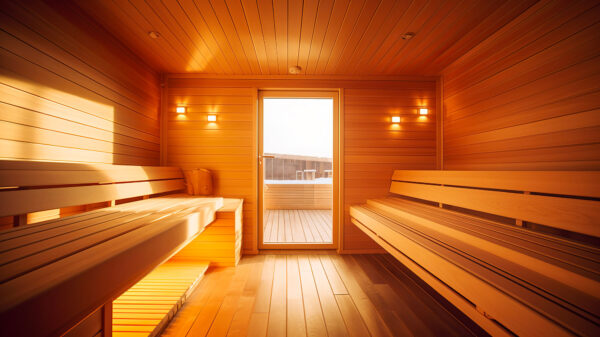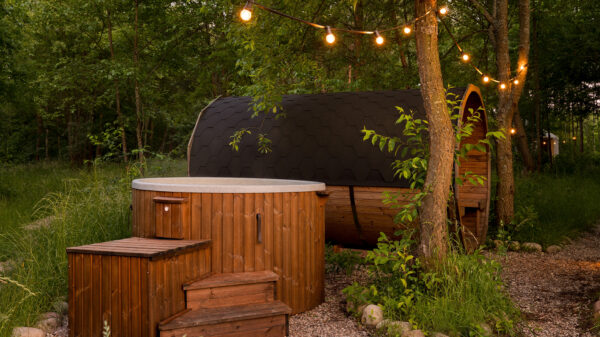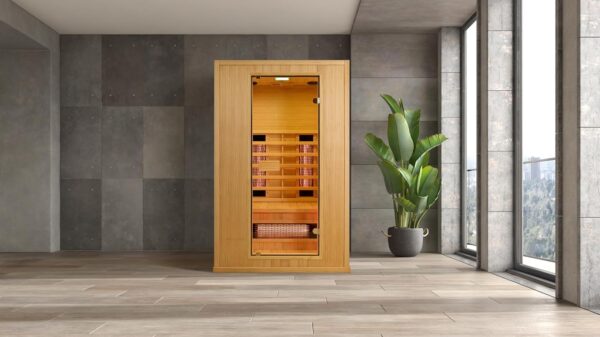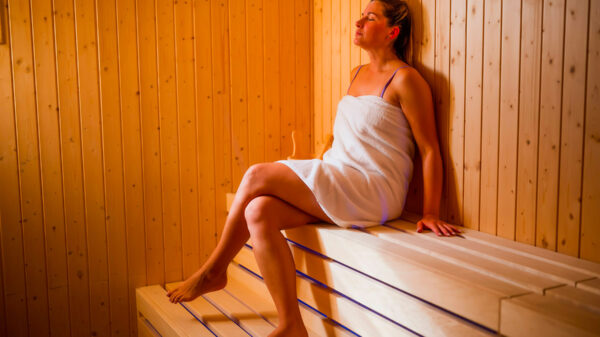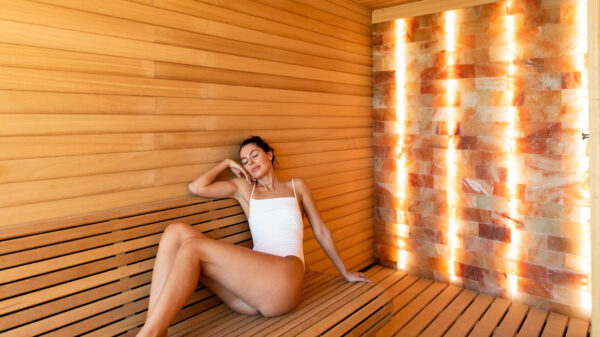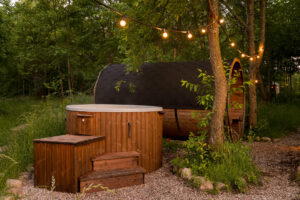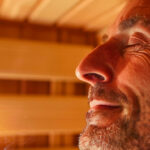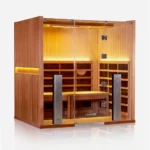Introduction
The most common chronic liver condition, non-alcoholic fatty liver disease (NAFLD), affects an estimated 25–30% of adults globally. The disease is characterized by excessive fat accumulation in liver cells and is closely related to obesity, insulin resistance and metabolic syndrome. Traditional approaches include dietary improvements, increased physical activity and reducing weight. However, recent clinical research has found that regular sauna bathing may provide adjunctive benefits including lowering oxidative stress, improving metabolic health and supporting hepatic function.
- Sauna Exposure and Metabolic Conditioning
Generally, sauna bathing raises the core body temperature to approximately 38.5–39°C, inducing controlled hyperthermia. This stimulates metabolic and cardiovascular responses, which is comparable to moderate-intensity aerobic exercise. Heart rate can raise by 50–70%, closely imitating the circulatory demands of light jogging or brisk walking (Laukkanen et al., JAMA Intern Med, 2015).
Regular sauna sessions have been shown to:
- Enhance insulin sensitivity (Kihara et al., Jpn Heart J, 2002)
- Improve endothelial function and circulation
- Reduce systemic blood pressure and arterial stiffness (Zaccardi et al., Mayo Clin Proc, 2019)
Insulin resistance is one of the main causes of hepatic fat accumulation, and these physiological improvements can indirectly reduce hepatic steatosis risk and progression.
- Thermotherapy, Inflammation and Oxidative Stress
A critical factor in NAFLD progression is the liver’s vulnerability to oxidative stress. Sauna-induced heat stress activates antioxidant defence mechanisms, including the upregulation of enzymes such as superoxide dismutase (SOD) and glutathione peroxidase (Iguchi et al., Free Radic Res, 2012).
Furthermore, repeated sauna exposure has been shown to lower circulating markers of inflammation, such as C-reactive protein (CRP) and tumor necrosis factor-alpha (TNF-α) (Laukkanen et al., Eur J Epidemiol, 2018). Since chronic hepatic inflammation is a key determinant in the progression from simple steatosis to non-alcoholic steatohepatitis (NASH), these effects may contribute to liver protection and functional restoration.
- Heat Shock Proteins and Cellular Repair
One of the most fascinating biochemical effects of sauna therapy is the induction of heat shock proteins (HSPs), in particular HSP70 and HSP90. These proteins facilitate protein folding, cellular repair, and mitochondrial stability – processes necessary for hepatic health (Sonna et al., J Appl Physiol, 2002).
Experimental studies have shown that HSP activation can:
- Protect hepatocytes from oxidative and metabolic injury
- Improve mitochondrial fatty acid oxidation
- Decrease hepatic lipid accumulation (Liu et al., Hepatology, 2014)
This mechanism suggests that regular sauna use may influence direct hepatoprotective effects at the cellular level.
- Circulation, Detoxification, and Liver Workload

Circulation is improved during sauna sessions, enhancing oxygen and nutrient delivery to the liver. The concept of “sweating out toxins” is often overstated, however there is evidence that perspiration facilitates excretion of certain heavy metals and xenobiotics, such as arsenic, cadmium, and bisphenol A (Genuis et al., J Environ Public Health, 2011).
Sauna use may decrease hepatic metabolic burden, by reducing the systemic toxin load. Thus, providing a supportive pathway for maintaining liver efficiency.
- Psychoneuroendocrine Effects: Reducing Stress Load on the Liver
Chronic psychological stress contributes to metabolic dysregulation through elevated cortisol and sympathetic nervous system activity. Sauna bathing has shown measurable reductions in cortisol levels and improvements in subjective well-being (Hussain & Cohen, Complement Ther Med, 2018). The resulting neuroendocrine balance may further lessen stress-induced hepatic fat deposition, contributing towards biochemical improvements.
- Practical Guidelines for Liver Health Support
Evidence, both clinical and observational, suggests that regular sauna use – 3 to 5 sessions per week, from 15 – 25 minutes at 80 – 90°C (175 – 195°F) is optimal for cardiometabolic benefits. Keeping well hydrated and gradual acclimatization are essential, especially for individuals with cardiovascular or advanced hepatic conditions. Consulting with a healthcare professional is always advised before starting any thermal therapy regimen.
Conclusion
The hypothesis that regular sauna bathing can be a valuable adjunctive therapy for metabolic liver disease can be supported through emerging data. Through mechanisms involving improved insulin sensitivity, anti-inflammatory action, enhanced mitochondrial function, and stress regulation, sauna therapy may provide a non-pharmacological means to support hepatic health and resilience.
Current physiological and epidemiological findings suggest that the humble sauna may play a scientifically credible role in the modern metabolic health toolkit.
References
- Laukkanen T. et al. (2015). JAMA Internal Medicine, 175(4):542–548.
- Kihara T. et al. (2002). Japanese Heart Journal, 43(6):713–725.
- Zaccardi F. et al. (2019). Mayo Clinic Proceedings, 94(8):1593–1601.
- Iguchi M. et al. (2012). Free Radical Research, 46(10):1283–1289.
- Laukkanen J.A. et al. (2018). European Journal of Epidemiology, 33(10):981–993.
- Sonna L.A. et al. (2002). Journal of Applied Physiology, 92(4):1725–1742.
- Liu Y. et al. (2014). Hepatology, 60(3):916–928.
- Genuis S.J. et al. (2011). Journal of Environmental and Public Health, Article ID 85405.
- Hussain J., Cohen M. (2018). Complementary Therapies in Medicine, 40:218–226.

